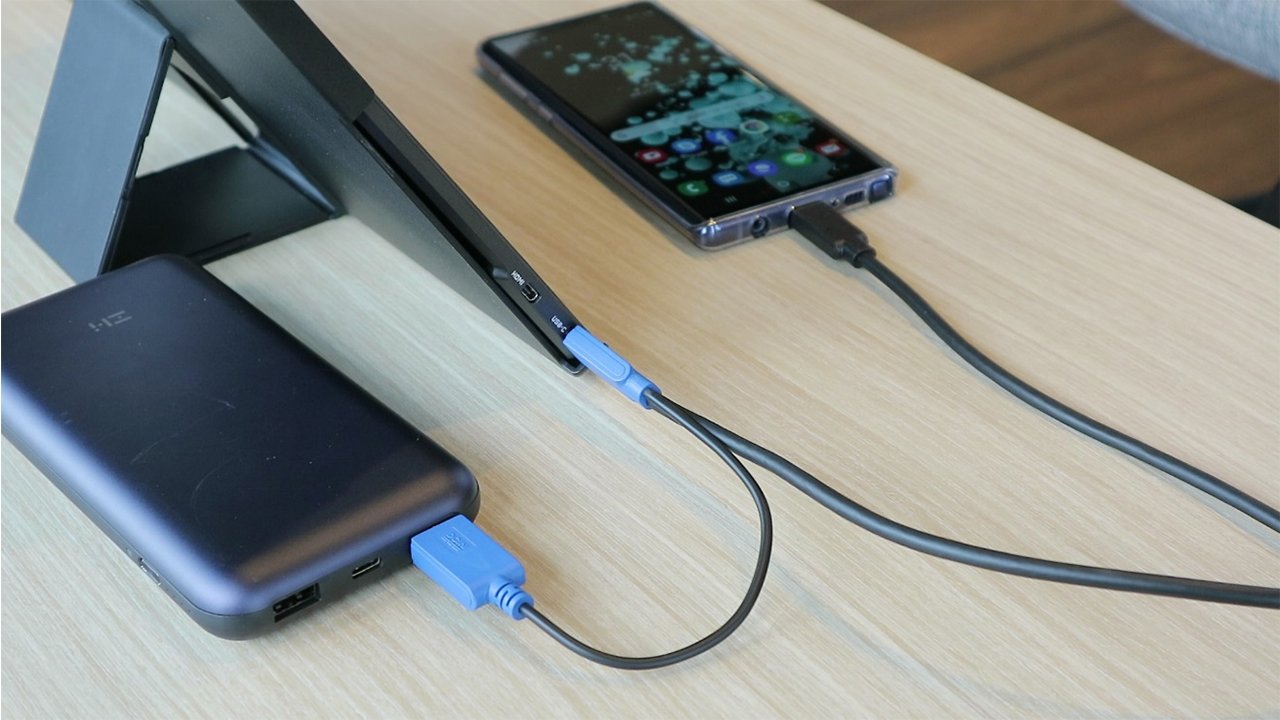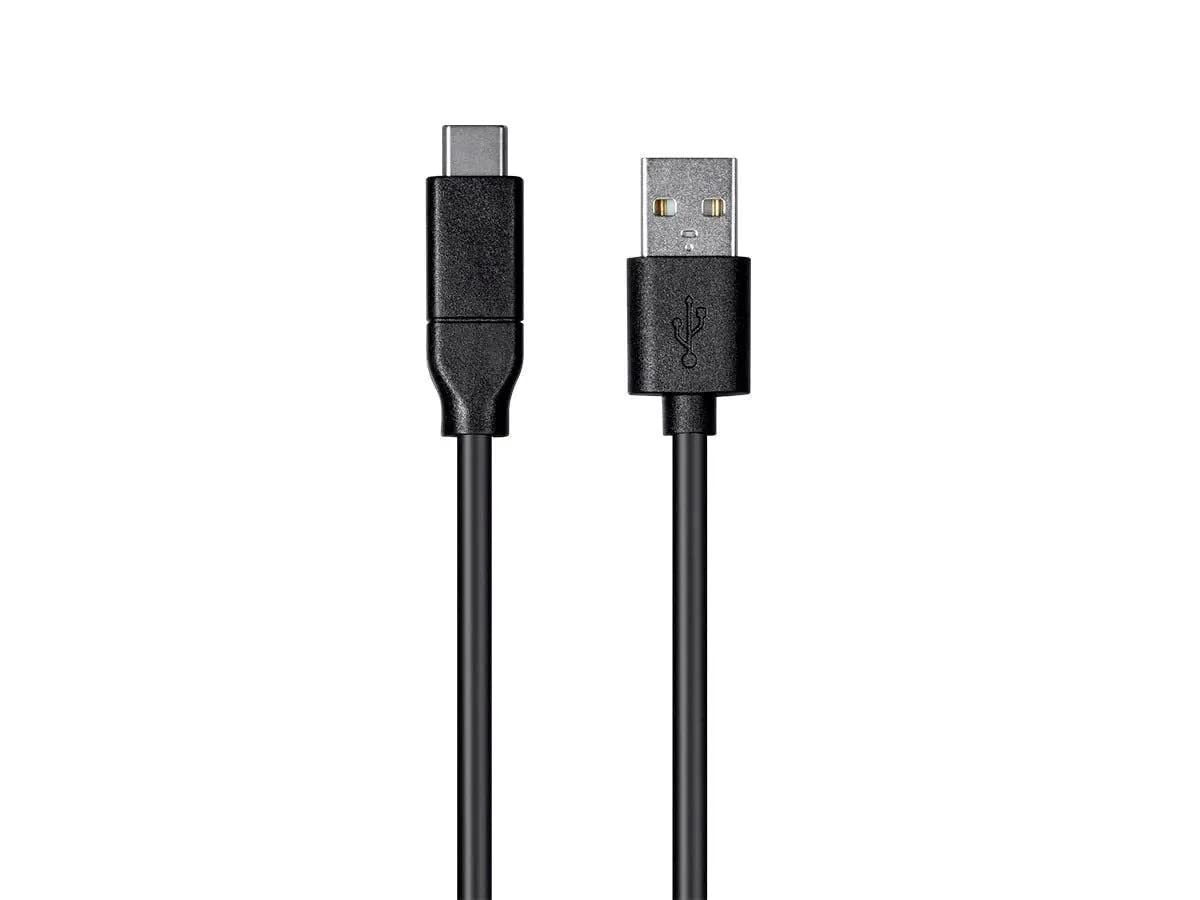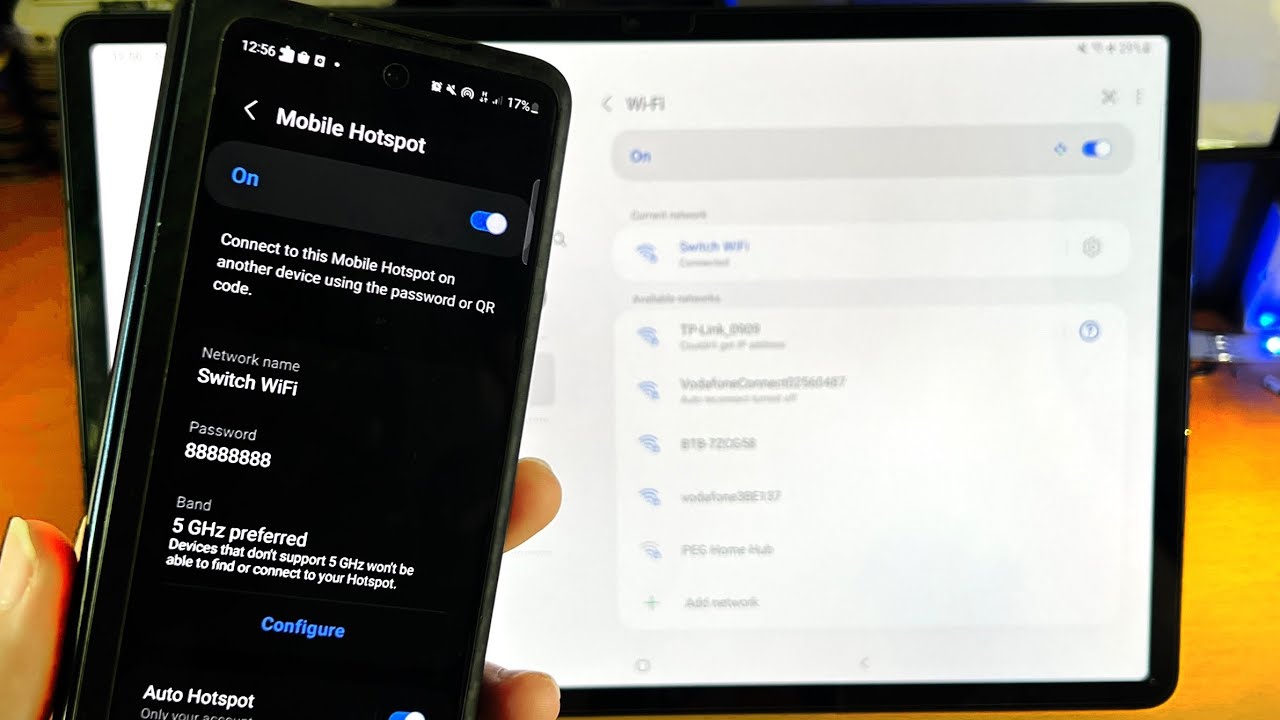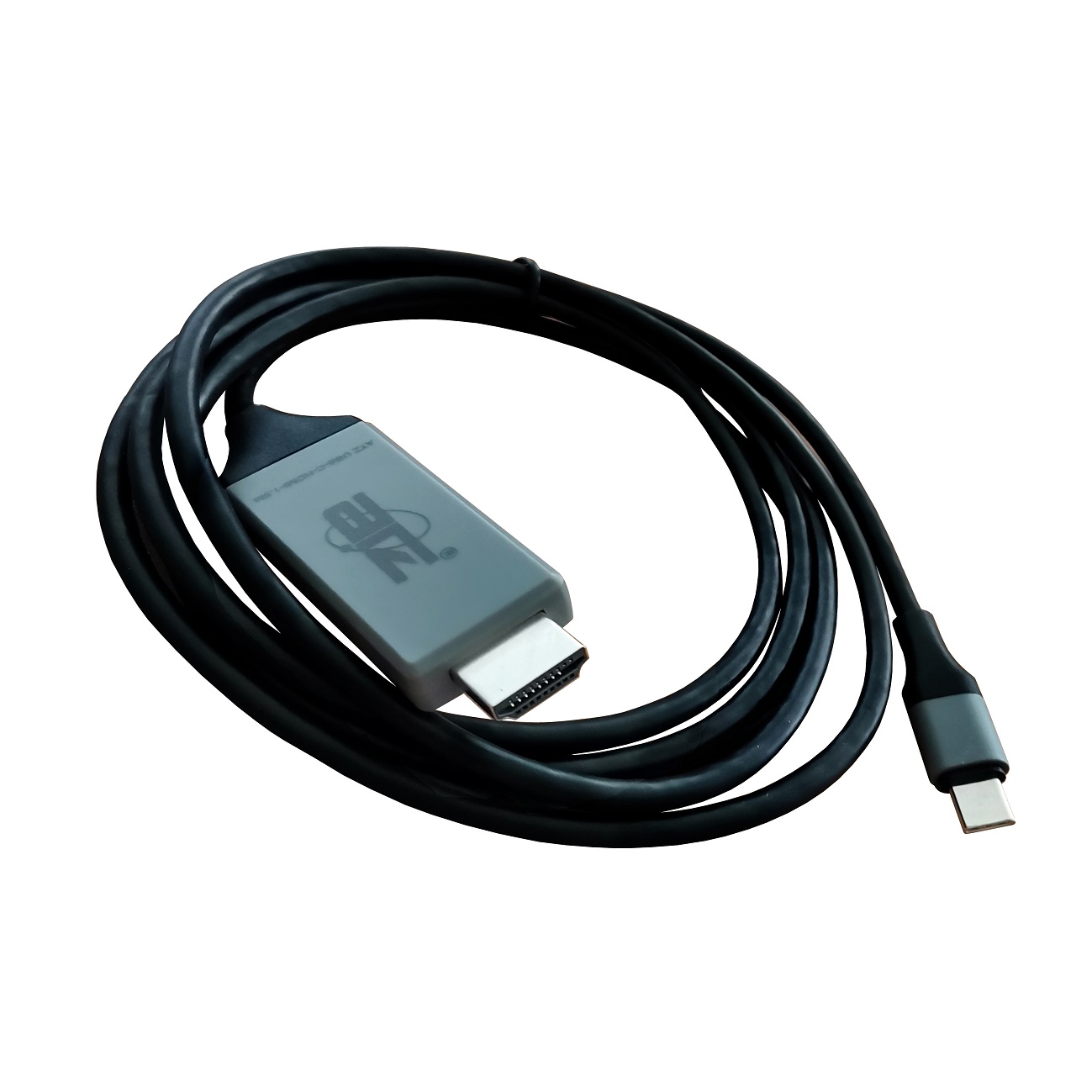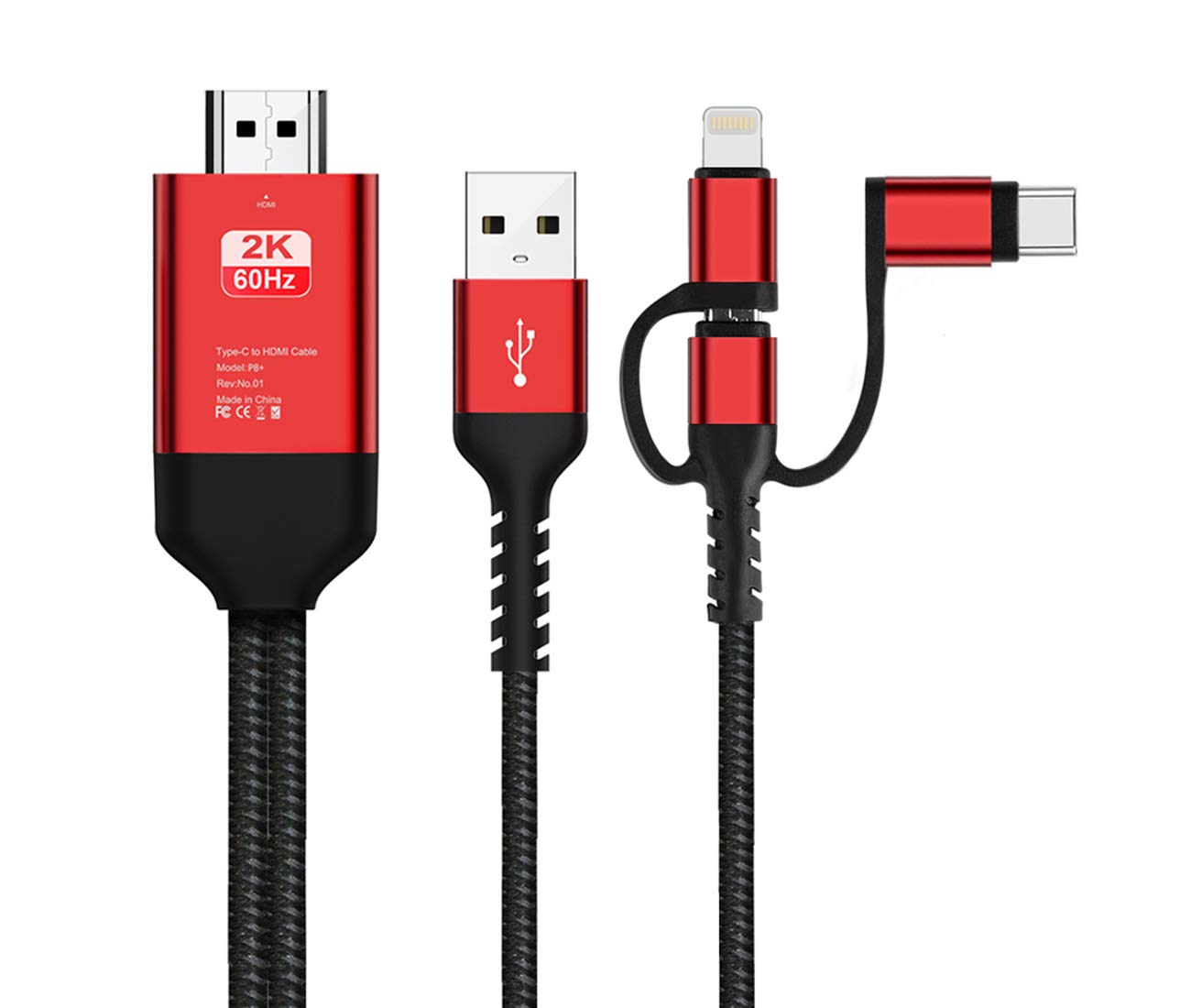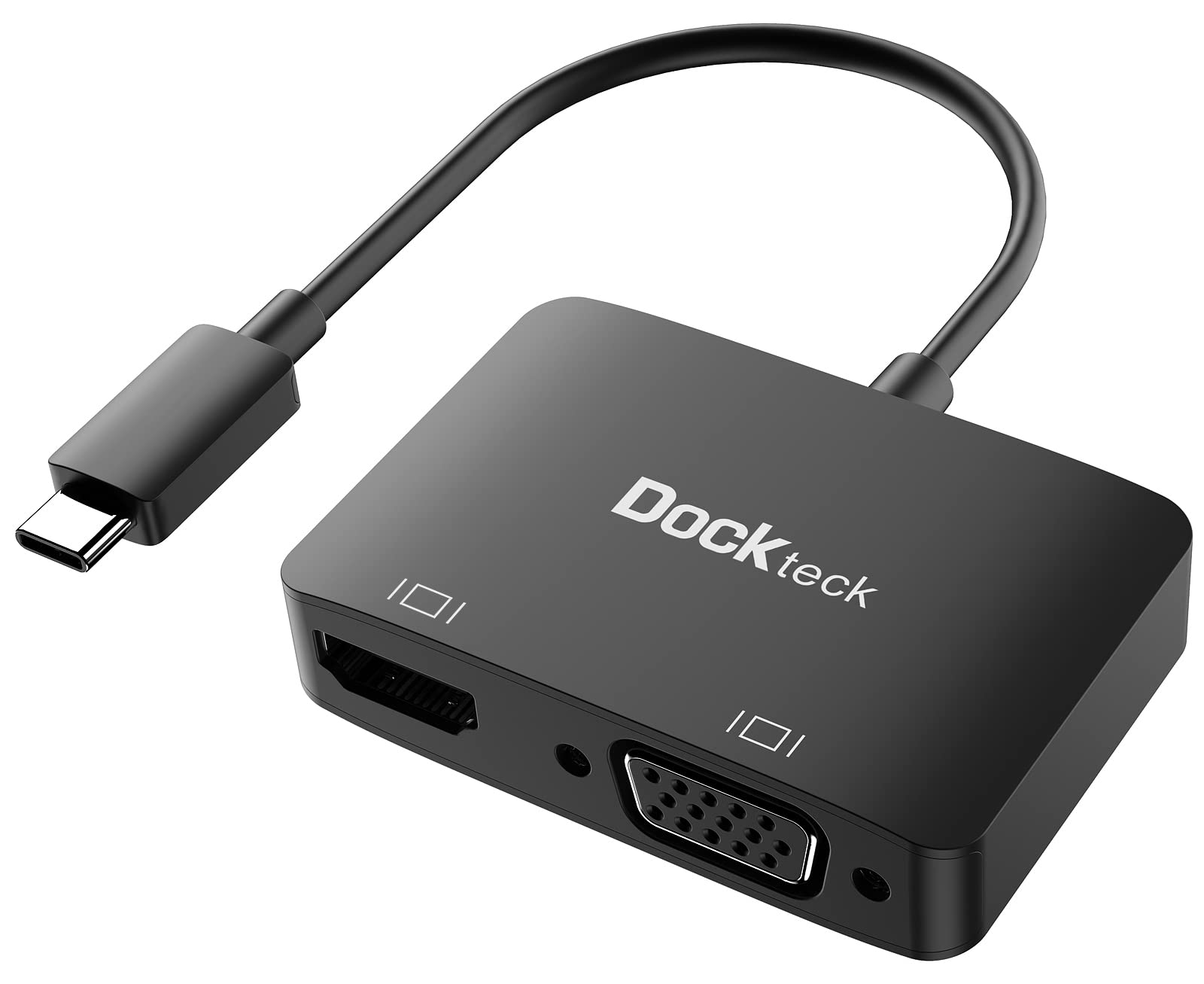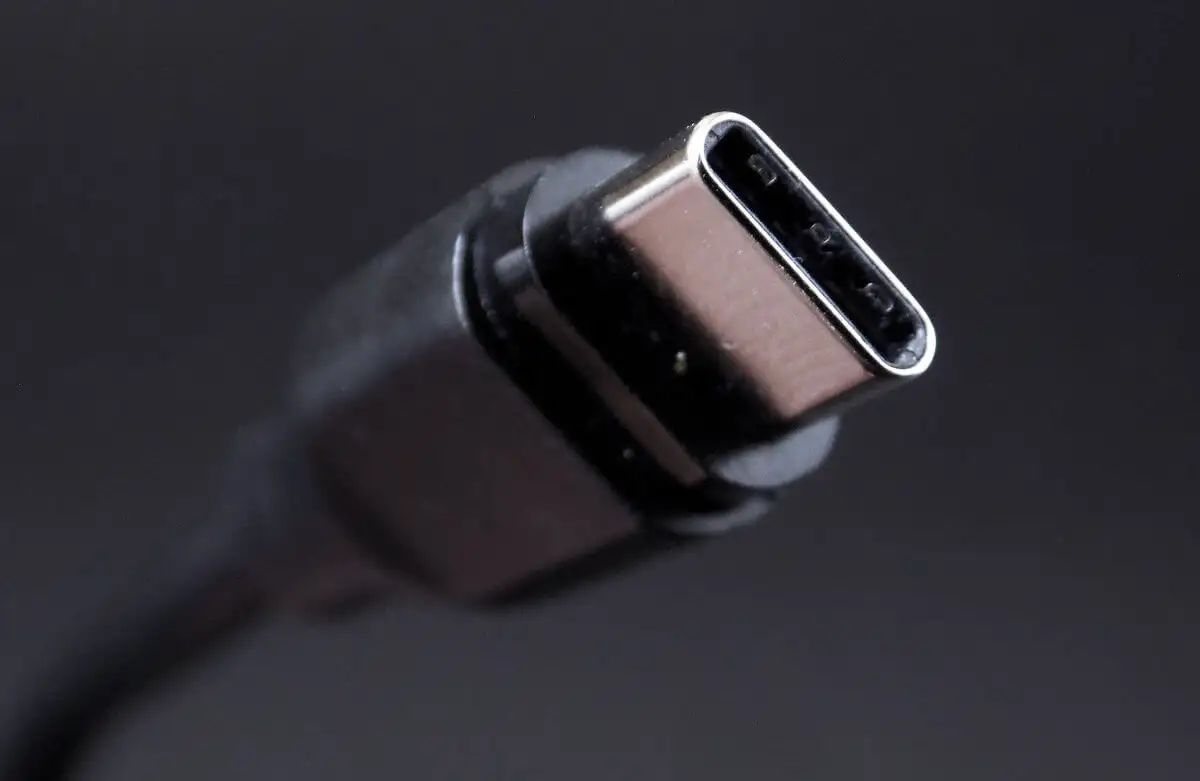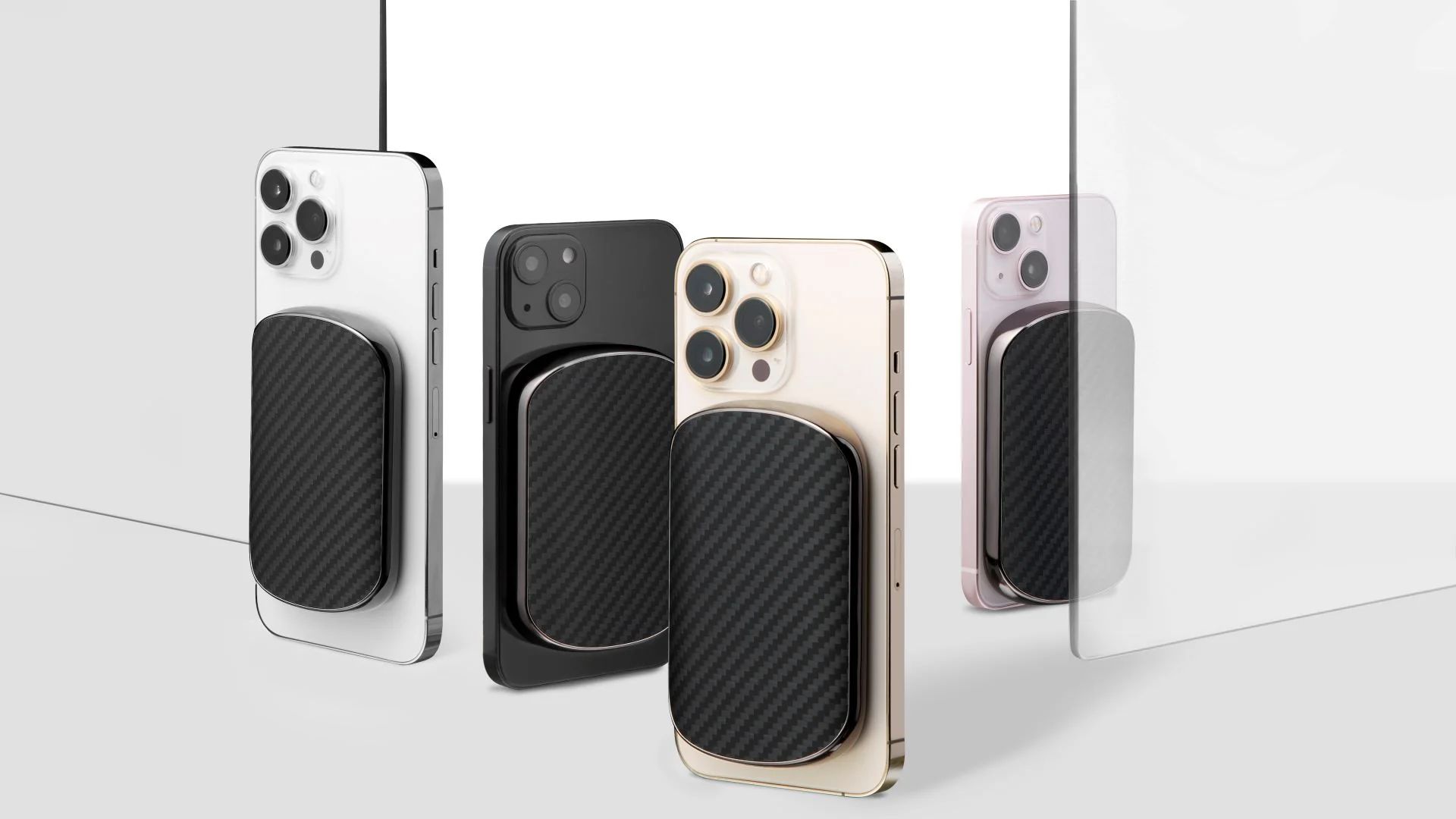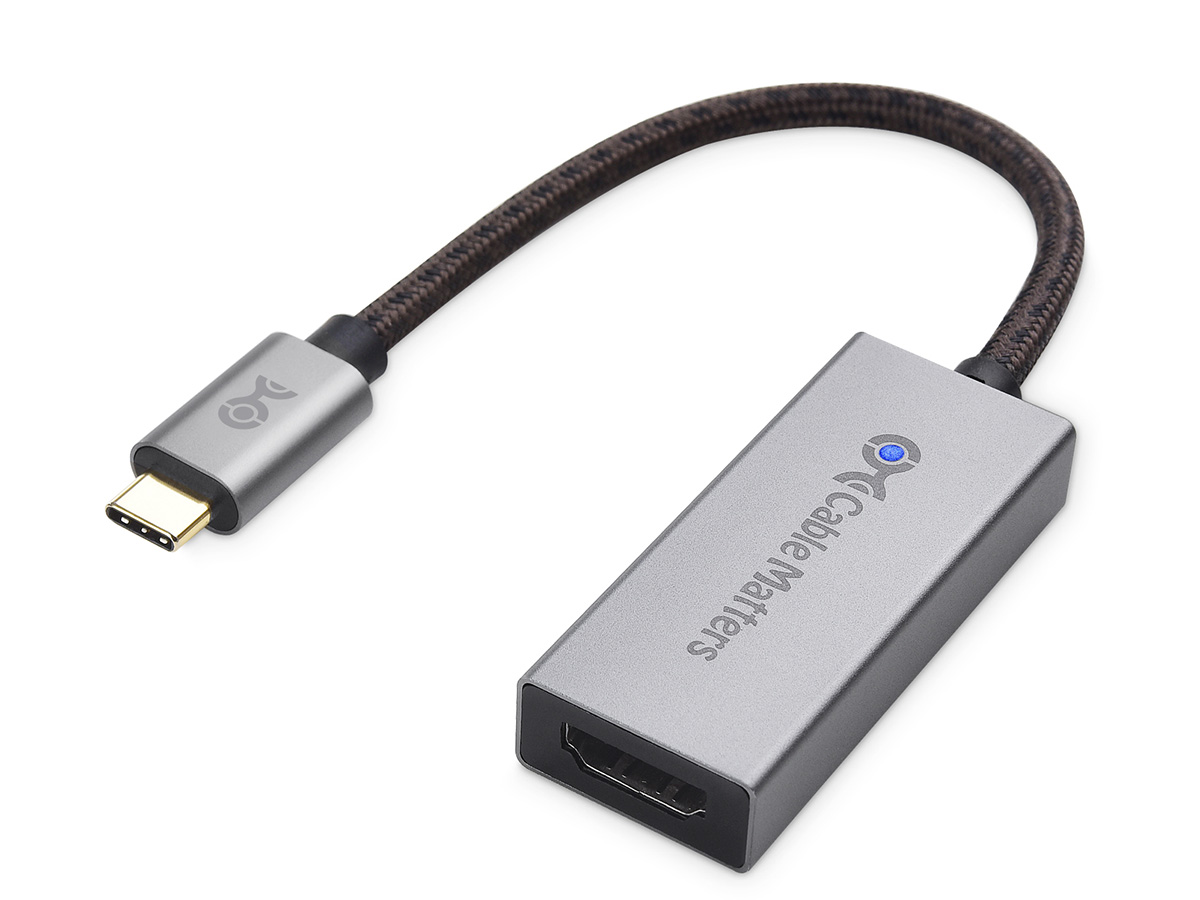Introduction
In today’s technologically advanced era, smartphones have become an integral part of our lives. From communication to entertainment, these devices offer a wide range of features and functionalities. However, when it comes to working or enjoying media on a larger screen, connecting your phone to a monitor can greatly enhance your experience.
Connecting your phone to a monitor allows you to enjoy a bigger display size, making it easier to read text, view images, or watch videos. Whether you want to showcase a presentation, play mobile games on a larger screen, or simply multitask between your phone and monitor, this guide will walk you through the various methods of connecting your phone to a monitor using a USB connection.
By utilizing the USB port on both your phone and monitor, you can establish a direct connection that enables you to mirror your phone’s screen or extend your display onto the monitor. This opens up a world of possibilities, allowing you to use your phone as a productive tool or a portable media center. However, it’s important to note that the methods described in this guide may vary depending on the type of USB port on your phone and monitor.
In the following sections, we will explore step-by-step instructions for connecting your phone to a monitor using different USB cables and connectors. Whether your phone features a USB-C, micro USB, or Lightning port, we’ll cover the necessary steps for each scenario. Additionally, we’ll provide troubleshooting tips to help you overcome any potential issues you may encounter during the process.
What You Will Need
Before you begin the process of connecting your phone to a monitor with a USB connection, there are a few essential items you will need. Ensuring you have the necessary tools and accessories beforehand will make the process much smoother. Here’s what you will need:
- A smartphone with a USB-C, micro USB, or Lightning port – The type of port on your phone will determine the specific method you’ll use to connect it to the monitor.
- A monitor with a USB input – Make sure your monitor has a USB port that supports video output. Most modern monitors come equipped with USB ports, but it’s worth verifying before proceeding.
- A USB cable or adapter – Depending on the type of port on your phone and monitor, you’ll need the appropriate USB cable or adapter. If you have a USB-C phone and monitor, a USB-C to USB-C cable will suffice. For micro USB phones, you’ll need a micro USB to USB-A cable. And for iPhones or iPads with Lightning ports, you’ll need a Lightning to USB-A cable.
- An HDMI or VGA cable (if necessary) – In some cases, you might need an HDMI or VGA cable to connect your monitor to your phone. This will depend on the specific requirements of your monitor and the available ports on your phone.
Make sure you have all these items ready before you proceed with the connection process. Having everything prepared will save you time and ensure a smooth setup experience.
Step-by-Step Guide
Now that you have everything you need, let’s dive into the step-by-step guide on how to connect your phone to a monitor using a USB connection. Follow these simple instructions based on the type of USB port on your phone and monitor:
Method 1: Connecting Phone to Monitor with USB-C
- Start by ensuring that your monitor is turned off and both your phone and monitor are unplugged.
- Connect one end of the USB-C cable to your phone’s USB-C port.
- Take the other end of the USB-C cable and plug it into the USB-C port on your monitor.
- Once the cable is securely connected, turn on your monitor.
- Your phone should automatically detect the connection and mirror its screen onto the monitor. If not, go to your phone’s settings and select “Connectivity” or “Display” to manually enable the USB connection.
Method 2: Connecting Phone to Monitor with Micro USB
- Make sure your monitor is turned off and both your phone and monitor are unplugged.
- Grab the micro USB end of the cable and insert it into your phone’s micro USB port.
- Connect the USB-A end of the cable to the USB port on your monitor.
- Turn on your monitor.
- Your phone should recognize the connection and display its screen on the monitor. If not, navigate to your phone’s settings and find the “Display” or “Connectivity” option to manually enable the USB connection.
Method 3: Connecting Phone to Monitor with Lightning Cable
- Ensure that your monitor is turned off and both your phone and monitor are unplugged.
- Take the Lightning end of the cable and connect it to your iPhone or iPad’s Lightning port.
- Attach the USB-A end of the cable to the USB port on your monitor.
- Turn on your monitor.
- Your phone will recognize the connection and mirror its screen onto the monitor. If it doesn’t, navigate to your phone’s settings and look for the “Display” or “Connectivity” option to manually enable the USB connection.
Follow these step-by-step instructions based on the type of USB port your phone and monitor have, and you’ll be able to connect your phone to a monitor using a USB connection quickly and easily.
Method 1: Connecting Phone to Monitor with USB-C
Connecting your phone to a monitor using a USB-C cable is a straightforward process. Here’s how you can do it:
- Start by ensuring that your monitor is turned off and both your phone and monitor are unplugged.
- Connect one end of the USB-C cable to your phone’s USB-C port. The USB-C port is usually located at the bottom or side of your phone.
- Take the other end of the USB-C cable and plug it into the USB-C port on your monitor. The USB-C port on the monitor is typically located on the back or side.
- Once the cable is securely connected, turn on your monitor.
- Your phone should automatically detect the connection and mirror its screen onto the monitor. If not, go to your phone’s settings and select “Connectivity” or “Display” to manually enable the USB connection.
That’s it! Your phone is now connected to the monitor using a USB-C cable. You can now enjoy a larger display and use your phone on the monitor for various purposes such as presentations, multitasking, or media consumption.
It’s important to note that the steps may vary slightly depending on the manufacturer and model of your phone and monitor. Some devices might require additional settings adjustments or the installation of specific drivers or apps. If you encounter any difficulties during the process, consult the user manual of your phone or monitor for more detailed instructions.
Furthermore, make sure to use a high-quality USB-C cable to ensure a stable and reliable connection. If the cable is damaged or of poor quality, it may cause connectivity issues or hinder the display quality on the monitor.
If you want to extend your phone’s display to the monitor instead of mirroring it, you can adjust the display settings on your phone. This will allow you to use your phone and monitor as separate screens, providing you with a more efficient and productive workspace.
Method 2: Connecting Phone to Monitor with Micro USB
If your phone has a micro USB port, you can still connect it to a monitor using a micro USB to USB-A cable. Follow these steps to connect your phone to the monitor:
- Make sure your monitor is turned off and both your phone and monitor are unplugged.
- Grab the micro USB end of the cable and insert it into your phone’s micro USB port. The micro USB port is typically located at the bottom or side of your phone.
- Connect the USB-A end of the cable to the USB port on your monitor. The USB port on the monitor is usually located on the back or side of the device.
- Turn on your monitor.
- Your phone should recognize the connection and display its screen on the monitor. If not, navigate to your phone’s settings and find the “Display” or “Connectivity” option to manually enable the USB connection.
With your phone successfully connected to the monitor, you can now enjoy a larger screen and utilize your phone’s capabilities for various tasks. Whether you’re giving a presentation, watching videos, or simply working on a bigger display, this method expands the possibilities of your micro USB-equipped phone.
Keep in mind that some devices may require specific settings adjustments or the installation of apps to enable the USB connection and adjust the display settings. It’s important to consult your phone and monitor’s user manual for detailed guidance tailored to your specific devices if you encounter any issues during the setup process.
Additionally, using a high-quality micro USB to USB-A cable is important to ensure a stable and reliable connection. Faulty or low-quality cables may cause connectivity problems or impact the display quality on the monitor.
Remember, you can customize your display preferences on your phone to either mirror the screen or extend it onto the monitor. Experiment with the settings to find the best configuration that suits your usage needs and enhances your productivity.
Method 3: Connecting Phone to Monitor with Lightning Cable
If you have an iPhone or iPad with a Lightning port, you can connect it to a monitor using a Lightning to USB-A cable. Follow these steps to establish the connection:
- Ensure that your monitor is turned off and both your phone and monitor are unplugged.
- Take the Lightning end of the cable and connect it to your iPhone or iPad’s Lightning port. The Lightning port is typically located at the bottom of your device.
- Attach the USB-A end of the cable to the USB port on your monitor. The USB port on the monitor is usually located on the back or side of the device.
- Turn on your monitor.
- Your phone will recognize the connection and mirror its screen onto the monitor. If it doesn’t, navigate to your phone’s settings and look for the “Display” or “Connectivity” option to manually enable the USB connection.
With your phone successfully connected to the monitor using the Lightning cable, you can now enjoy a larger display and take advantage of your phone’s features on a bigger screen. Whether you’re showcasing a presentation, browsing the web, or enjoying multimedia content, this method allows you to utilize the capabilities of your Lightning port-equipped iPhone or iPad.
It’s worth noting that depending on your specific phone model and monitor, you may need to adjust some settings or install additional apps to enable the USB connection and optimize the display. For detailed instructions tailored to your devices, refer to the user manuals or support documentation provided by the manufacturer.
Using a high-quality Lightning to USB-A cable is crucial to ensure a stable and reliable connection. Cheap or damaged cables can lead to connection issues or degrade the display quality on the monitor. It’s recommended to choose a cable from a reputable brand to guarantee optimal performance and longevity.
Lastly, explore the display settings on your phone to configure how the screen appears on the monitor. You can choose to mirror your phone’s screen or extend it, allowing you to create a larger workspace for increased productivity or enjoy immersive multimedia experiences.
Troubleshooting Tips
Connecting your phone to a monitor using a USB connection is generally a straightforward process, but you may encounter some issues along the way. Here are a few troubleshooting tips that can help you resolve common problems:
1. Check the cable:
Ensure that you are using a high-quality cable that is compatible with both your phone and monitor. Some cables may not provide a stable connection or support video output, resulting in display issues.
2. Verify the USB ports:
Make sure the USB ports on both your phone and monitor are clean and free from debris. Dust or dirt can prevent a secure connection or disrupt data transfer.
3. Restart your devices:
Try turning off both your phone and monitor, then turn them back on. This simple step can often resolve minor connectivity issues.
4. Update your software:
Ensure that both your phone and monitor’s software is up to date. Manufacturers often release updates that provide compatibility improvements and resolve known bugs.
5. Adjust display settings:
If your phone’s screen is not appearing on the monitor, go to the display settings on your phone and check if the USB connection is enabled. Additionally, explore the display settings on your phone to find options for mirroring or extending the screen onto the monitor.
6. Try a different USB port:
If your monitor has multiple USB ports, try connecting the cable to a different port. This can help determine if the issue is specific to a particular USB port.
7. Test with another monitor or device:
If possible, try connecting your phone to a different monitor or using a different device with your monitor. This can help identify whether the issue is with the phone, monitor, or cable.
By following these troubleshooting tips, you can overcome common connectivity issues and ensure a successful connection between your phone and monitor. If the problem persists, consult the user manuals or reach out to the customer support of your phone or monitor manufacturer for further assistance.
Conclusion
Connecting your phone to a monitor using a USB connection opens up a world of possibilities, allowing you to enjoy a larger display and utilize your phone’s features in a more immersive way. Whether you have a USB-C, micro USB, or Lightning port on your phone, there are methods available for connecting to a monitor and enhancing your productivity or entertainment experience.
In this guide, we have provided step-by-step instructions for each method, ensuring that you can easily follow along and establish a successful connection. From USB-C to micro USB and Lightning, you now have the knowledge to connect your phone to a monitor using the appropriate cable.
Additionally, we discussed some troubleshooting tips to help you overcome common issues that may arise during the connection process. By following these tips and ensuring you have the right cables and ports, you can minimize any potential roadblocks and enjoy a seamless connection between your phone and monitor.
Remember, the ability to connect your phone to a monitor not only enhances your viewing experience but also allows you to multitask, present, and work more efficiently. It’s especially useful for professionals, students, and individuals who rely on their phones for various tasks throughout the day.
So, whether you want to showcase a presentation, play mobile games on a larger screen, or simply enjoy your favorite movies and videos on a bigger display, connecting your phone to a monitor with a USB connection is a valuable skill to have. Explore the possibilities and make the most out of your smartphone by extending its capabilities to a larger screen.
With the knowledge and instructions provided in this guide, you are now equipped to connect your phone to a monitor and unlock a whole new level of productivity and entertainment. Enjoy the benefits of a larger display and make the most out of your smartphone’s capabilities in any setting!







